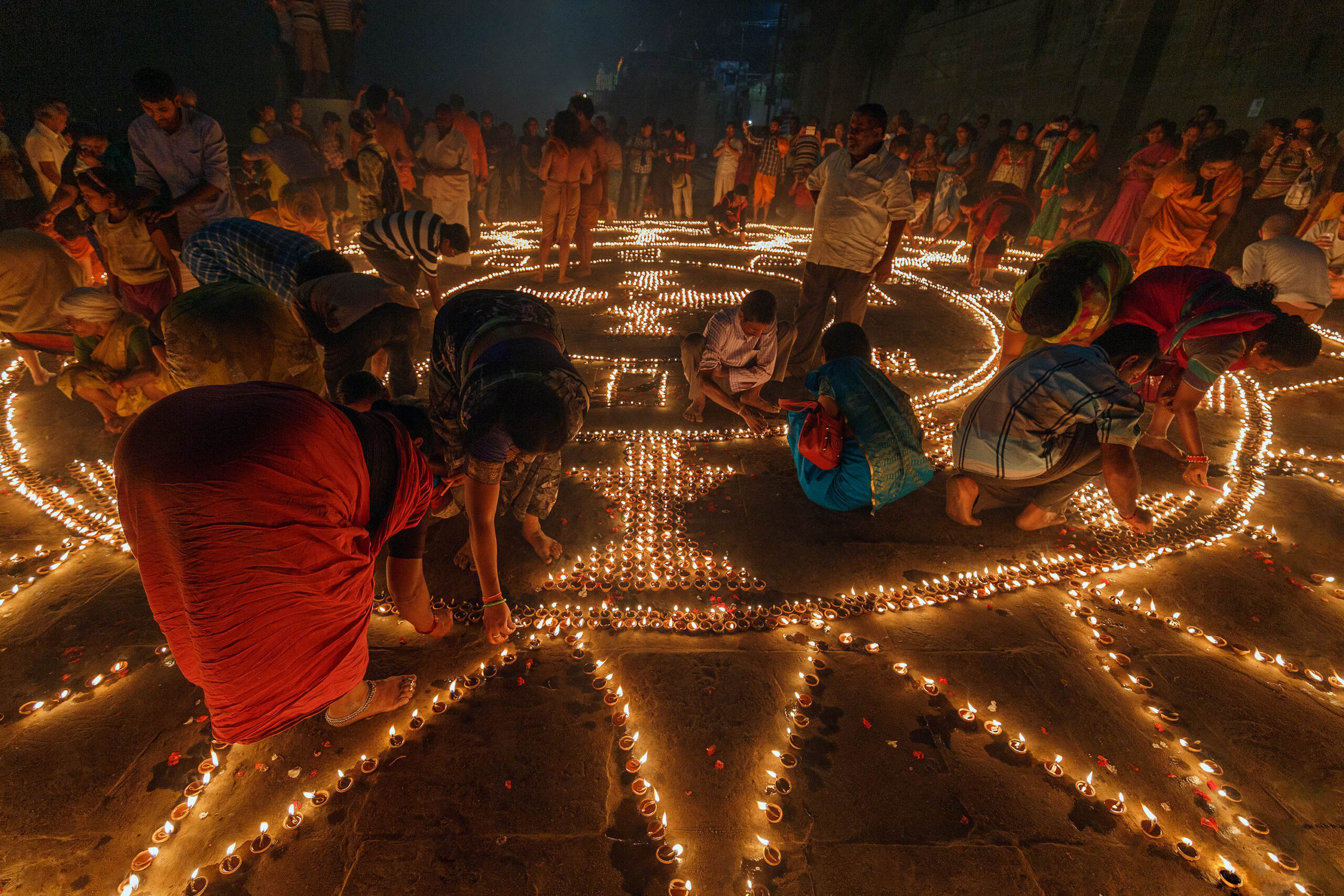It’s a festival celebrated by nearly a billion people in India and millions more around the world. Derived from the Sanskrit word “Deepavali,” meaning row of lamps, Diwali is a celebration of light over darkness, symbolizing the victory of good over evil. Known for its colorful and exuberant decorations of lamps, fireworks displays, and crackers burst in the streets, it brings together families and friends for celebrations that last deep into the night. We asked a few photographers what Diwali meant to them, and what tips they had for photographing the festivities.
Table of Contents
A Time Of Togetherness
Based in the Indian state of Karnataka, Shreenivas Yennis is an engineer in the local power distribution sector. A passionate photographer, Shreenivas says he’s always had a deep appreciation for visual arts and photography. “One of the aspects I love most about photography is its ability to tell stories and evoke emotions,” Shreenivas tells us. “Whether I’m capturing the grandeur of nature’s landscapes or the subtleties of human expressions, I find immense joy in sharing my perspective through the lens of my camera,” he continues. Diwali holds a special place in his heart. Speaking of some of his earliest and fondest memories of this festival brings back memories to him. He vividly recalls the sound of firecrackers and the aroma of the juicy sweets that are traditionally served during the days of festivities.
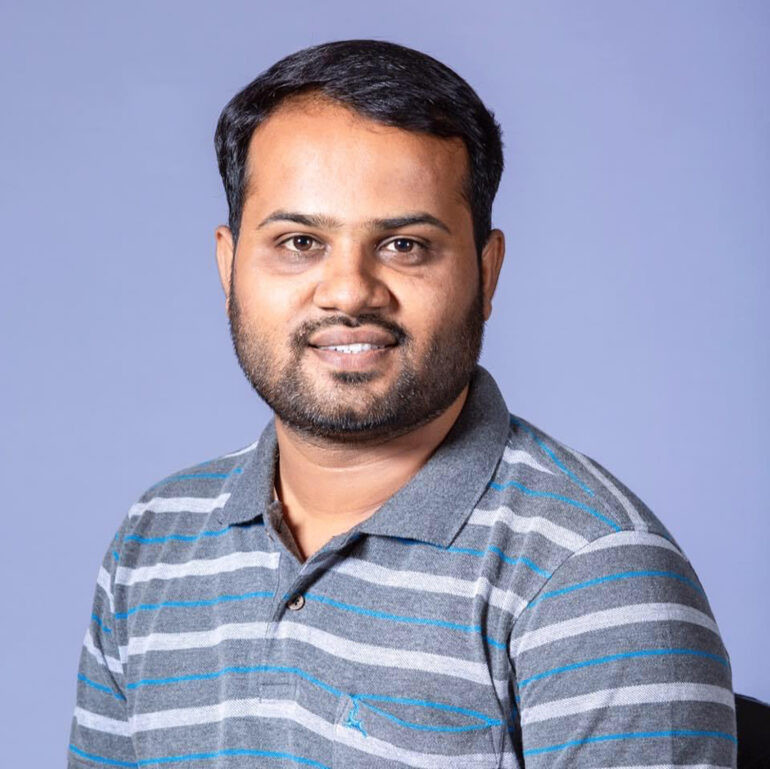
“Many people visit temples, offer prayers, and light diyas (traditional clay lamps) as a symbol of dispelling darkness and ignorance with the light of knowledge and goodness. It’s a time when people come together, put aside their differences, and celebrate the triumph of light over darkness. It signifies the victory of good over evil, knowledge over ignorance, and hope over despair.”
Shreenivas Yennis
“The entire community comes alive with the festival’s spirit,” Shreenivas says about the celebrations in his hometown. “Houses are cleaned and decorated, and people exchange sweets and gifts with their neighbors and loved ones. It’s also a beautiful reminder of the rich cultural heritage of India and the harmonious way in which people of various faiths and backgrounds come together.”
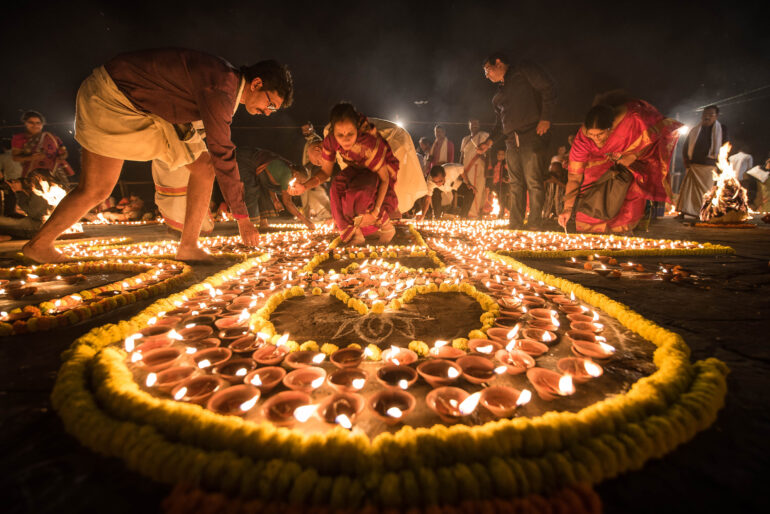
As Shreenivas captured this moment, he couldn’t help but be captivated by the sense of spirituality and devotion that permeated the atmosphere. It was captured during Dev Diwali at Kedar Ghat, which is one of the most revered and iconic spots in Varanasi. The town came alive during this special occasion, and Shreenivas found himself amazed by this scene. He notes that even amidst all the celebrations, the religious aspect of Diwali is also focused on faithfully by the people. “Temples and public spaces are illuminated with vibrant lights and decorations,” Shreenivas says of the happenings at night. “The entire ghat is bathed in the warm, golden glow of countless oil lamps and diyas. The steps to the river are adorned with intricate rangoli designs, forming a beautiful carpet of colors and patterns.”
Take Care Of Your Camera Settings First
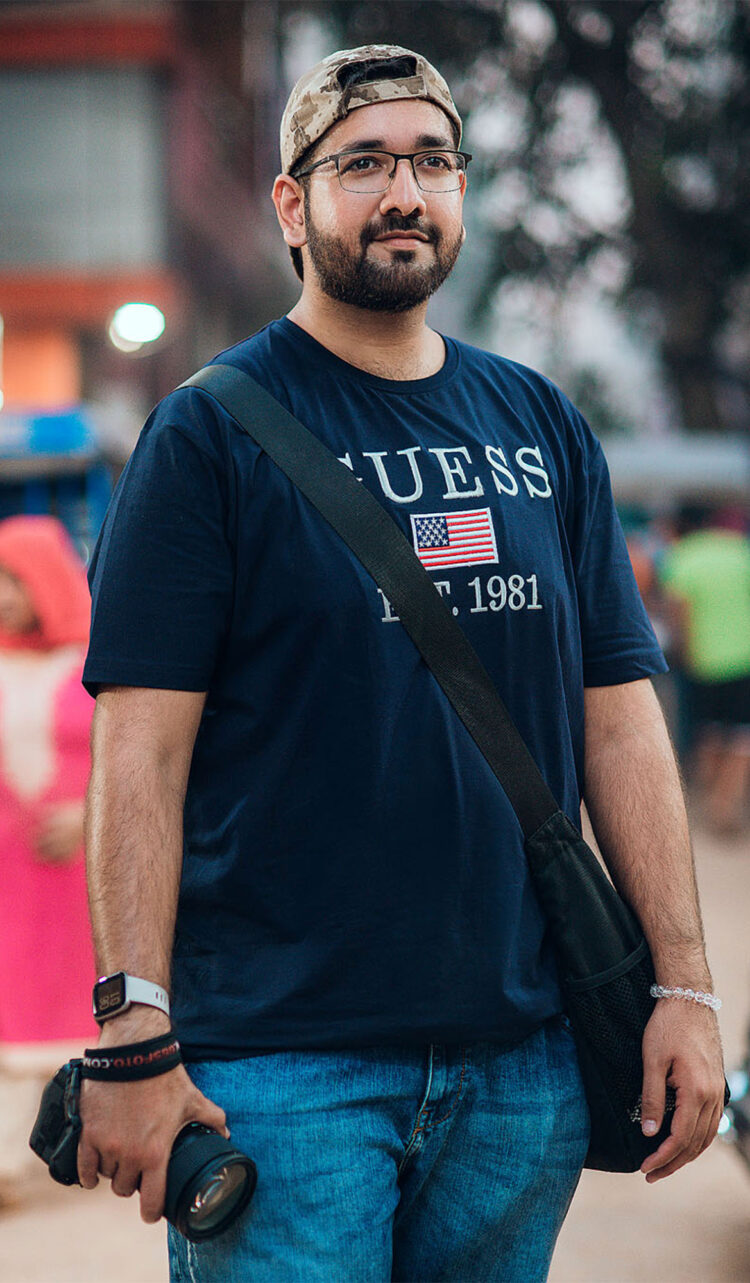
Mohit Tejpal has been a practicing photographer for over a decade now. He enjoys street, landscape, and architectural photography. To him, Diwali isn’t just a festival but a joyful feeling that brings together people from all across the country in the days building up to the primary day of festivities. “Diwali represents new beginnings,” says Mohit. “We all know Diwali as the Festival of Lights, but other than that, it is a festival of joy, affection, love, and happiness which brings people together. It is the triumph of righteousness, knowledge in place of ignorance,” he explains.
One of Mohit’s favorite images of Diwali (see lead image for this article) was also captured in Varanasi on Kartik Poornima – the full moon of the Hindu month of Kartik, fifteen days after Diwali. He notes that Dev Deepawali also coincides with the Jain Light Festival. I asked him what tips he had to share for photographers wanting to capture the lights of Diwali. He noted that proper white balance setting was crucial for getting a good image. “Always set the White balance in the camera before shooting Diwali lights. Correcting the white balance later in editing may not give the true color representation of the photograph,” he noted. Mohit also advised that using a prime, fast aperture lens would allow users to get faster shutter speeds in the typically low light scenarios in which Diwali photos are taken.
Avoid Light Pollution
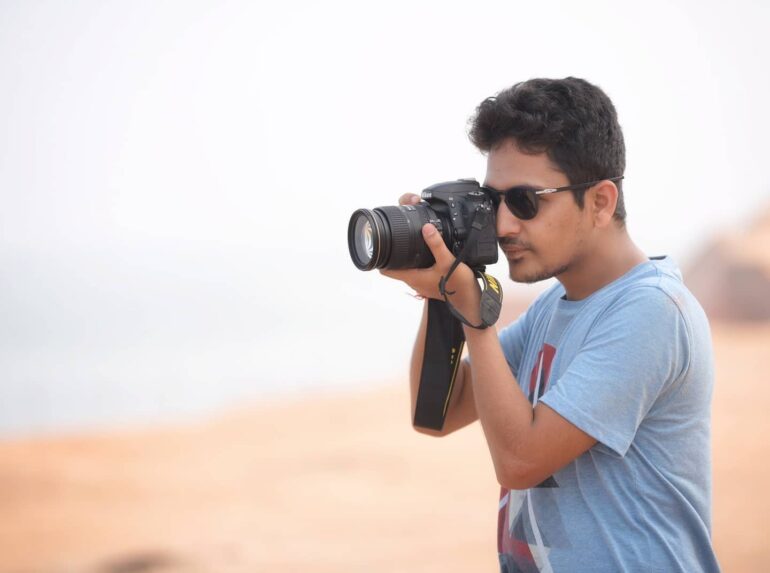
A software engineer by profession, Arun Chaudhary is a passionate photographer based in Kullu, a town in the Western Himalayan region of India. Some of his earliest memories of Diwali include his mother asking him to help her decorate their home with different lights and going shopping with his father to buy new curtains and household items. “My father, my mother, and I would go out shopping specially for Diwali. “We used to decorate our home with Diyas and visit our relatives and exchange sweets,” Arun fondly recalls of his youth.
One of Arun’s top tips for getting better pictures of Diwali celebrations is to look for places that are darker than usual. “Whether it’s for the fireworks during Diwali or the arrangements of lights, look for a place with minimal light pollution,” Arun advises. “Make sure you have a sturdy tripod to get sharper shots. It also helps to look for places where you can see the reflection of fireworks in a waterbody.” But it’s not always about the technical aspects of the photo, Arun notes. “Make sure you have a frame where you can tell a story,” he rightfully says.
Immersing Yourself In The Scene
Shihab is a photojournalist currently based in Dubai. Growing up in India, his passion for photography grew out of seeing images in newspapers of happenings around the vicinity of his childhood home. He recalls seeing decorations around temples and the warm glow of the tiny flames reflecting in the oil that kept those lamps going as he visited the area with his friends. More than taking photos, back then, it was absorbing the moment and enjoying the festival experience that mattered more to him.
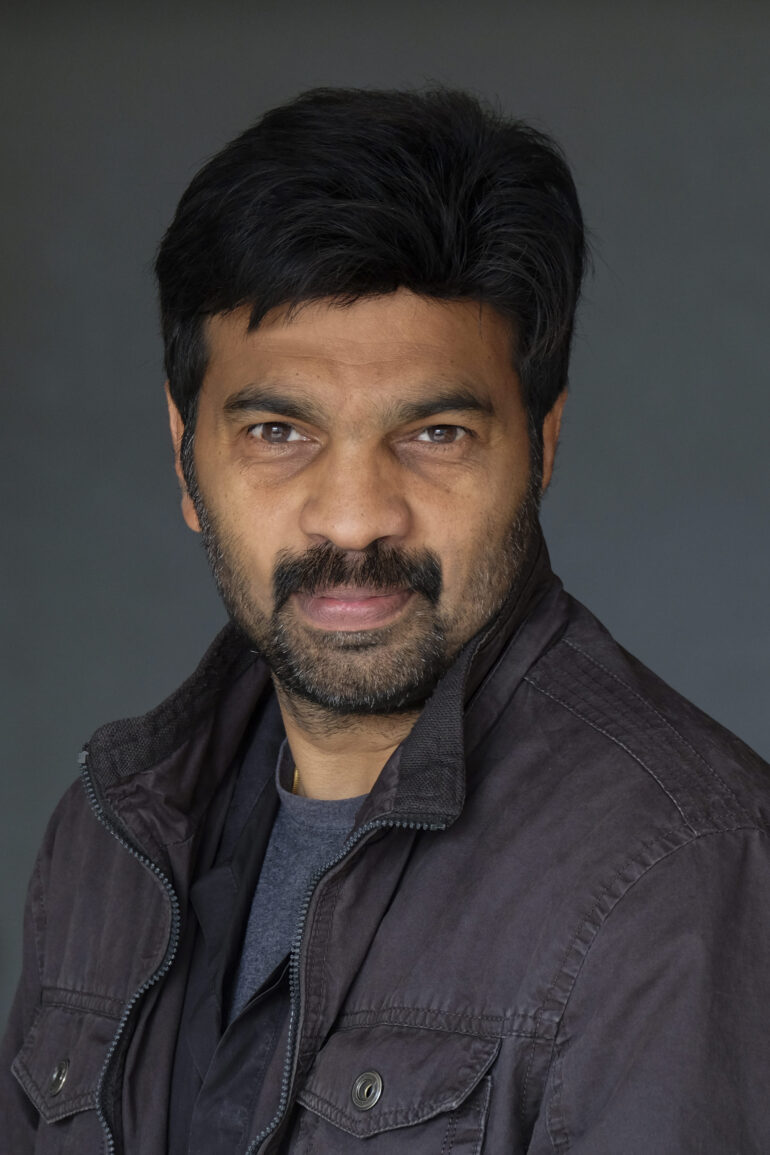
“When you bring in the feeling of a scene, it ends up being an image that connects with the viewer more”
Shihab
“I tried more to spend time being a part of the events and the overall feel of the festival, rather than going around taking pictures,” Shihab says about his earlier experiences of Diwali. “That helped me gain more of an understanding and appreciation for it.” One of his favorite Diwali images of all time is a photograph that he took while on an assignment in Dubai. “Everyone’s favorite place is undoubtedly their own home,” Shihab tells me. “What makes this image so special to me is that it showcases not just one but many homes celebrating Diwali, each in their own unique and special way. I was very pleased to be able to get all these individual celebrations in a single frame.”
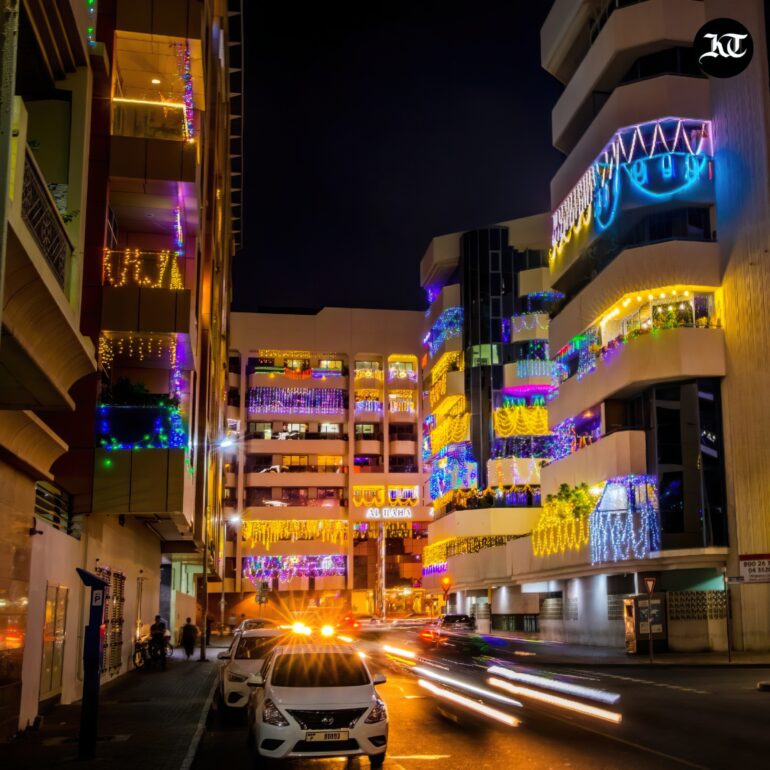
Shihab doesn’t recall what settings he used to take this image; however, he says it’s essential to feel the emotion of the place before clicking a photo of it. “I wanted to bring in the feelings I was experiencing after seeing this place and dialed in whatever I felt could do so. When you bring in the feeling of a scene, it ends up being an image that connects with the viewer more,” he confesses.
All images used in this article are copyrighted by the respective photographers and are used with permission. The lead article is by Mohit Tejpal.


